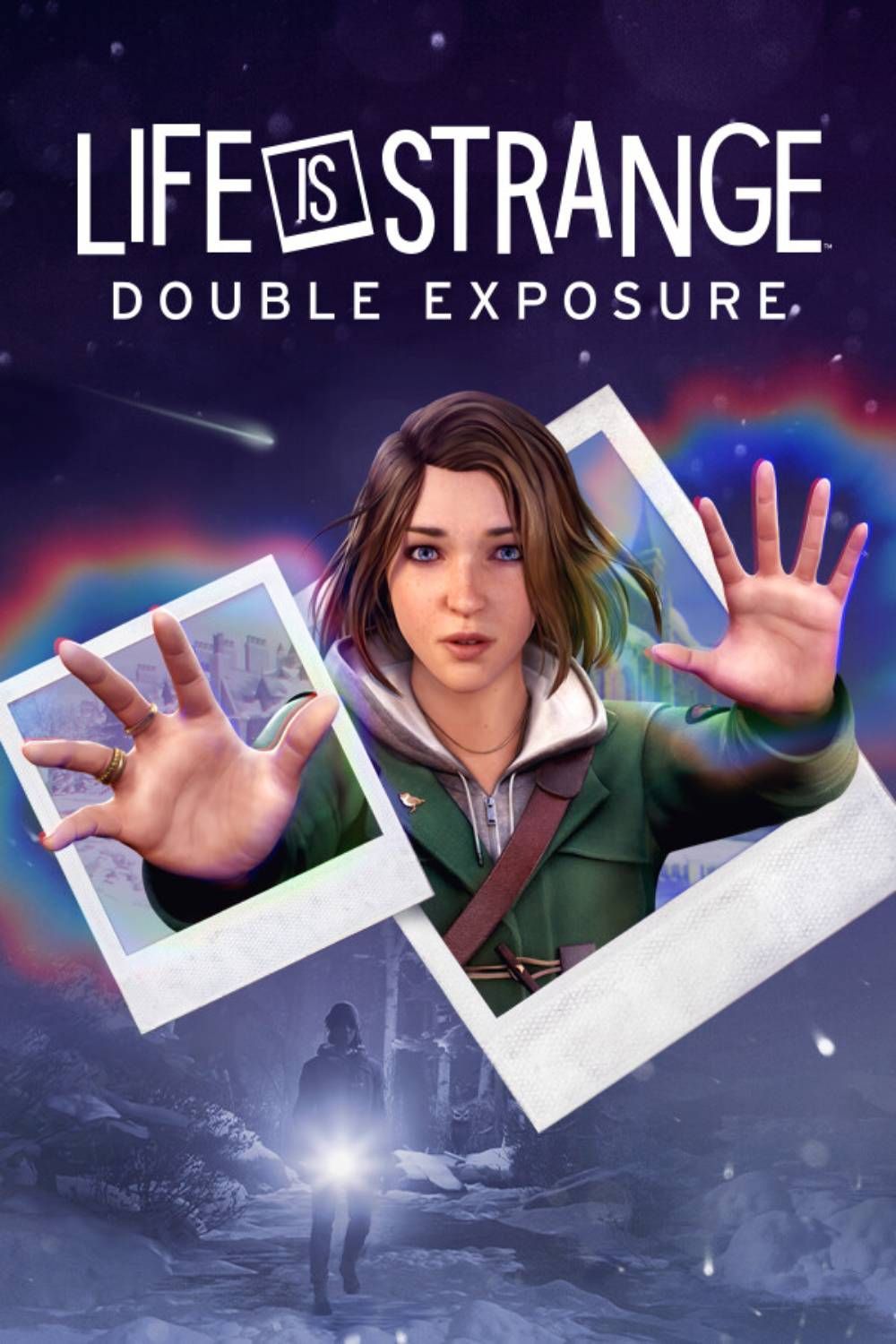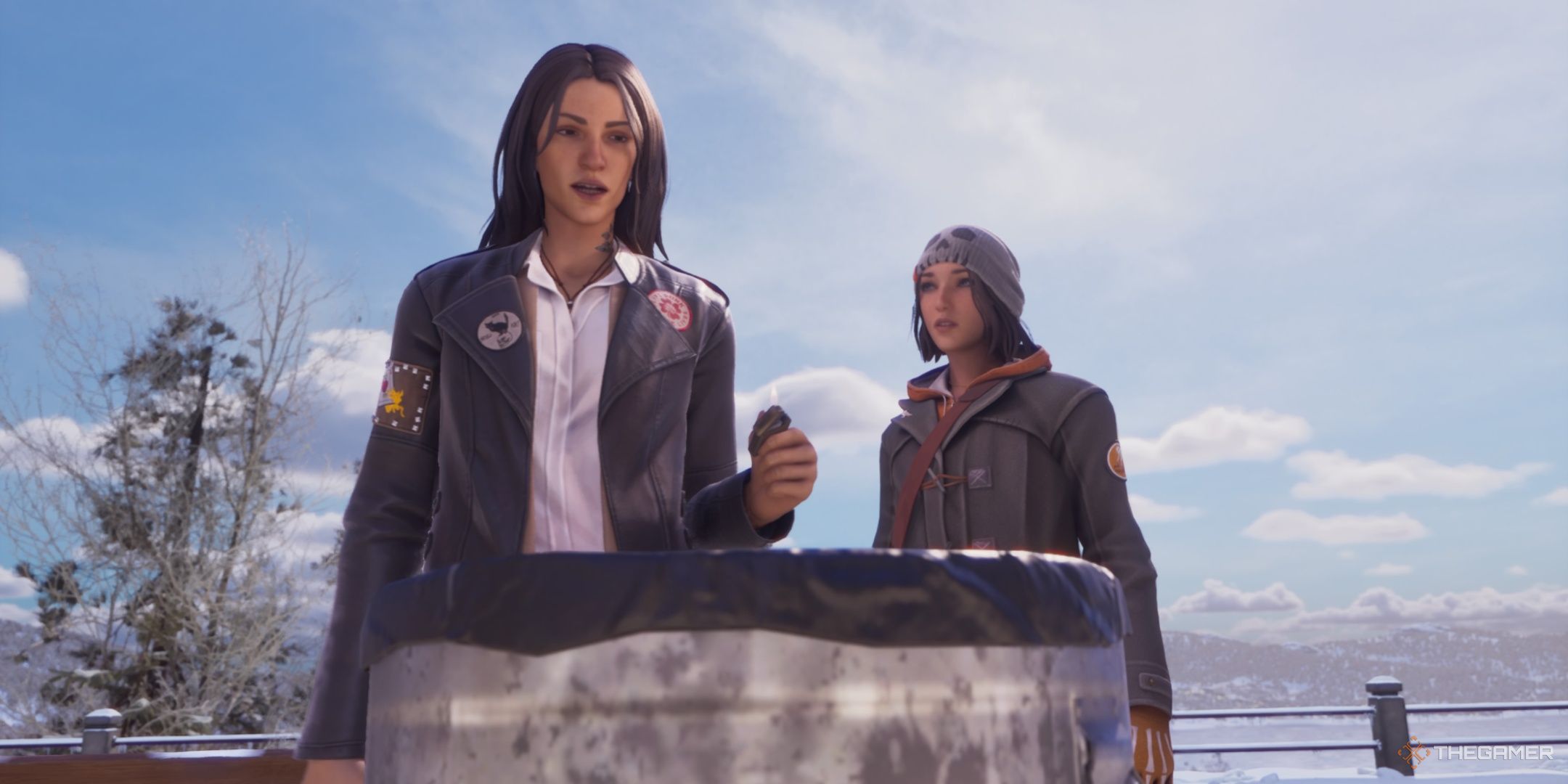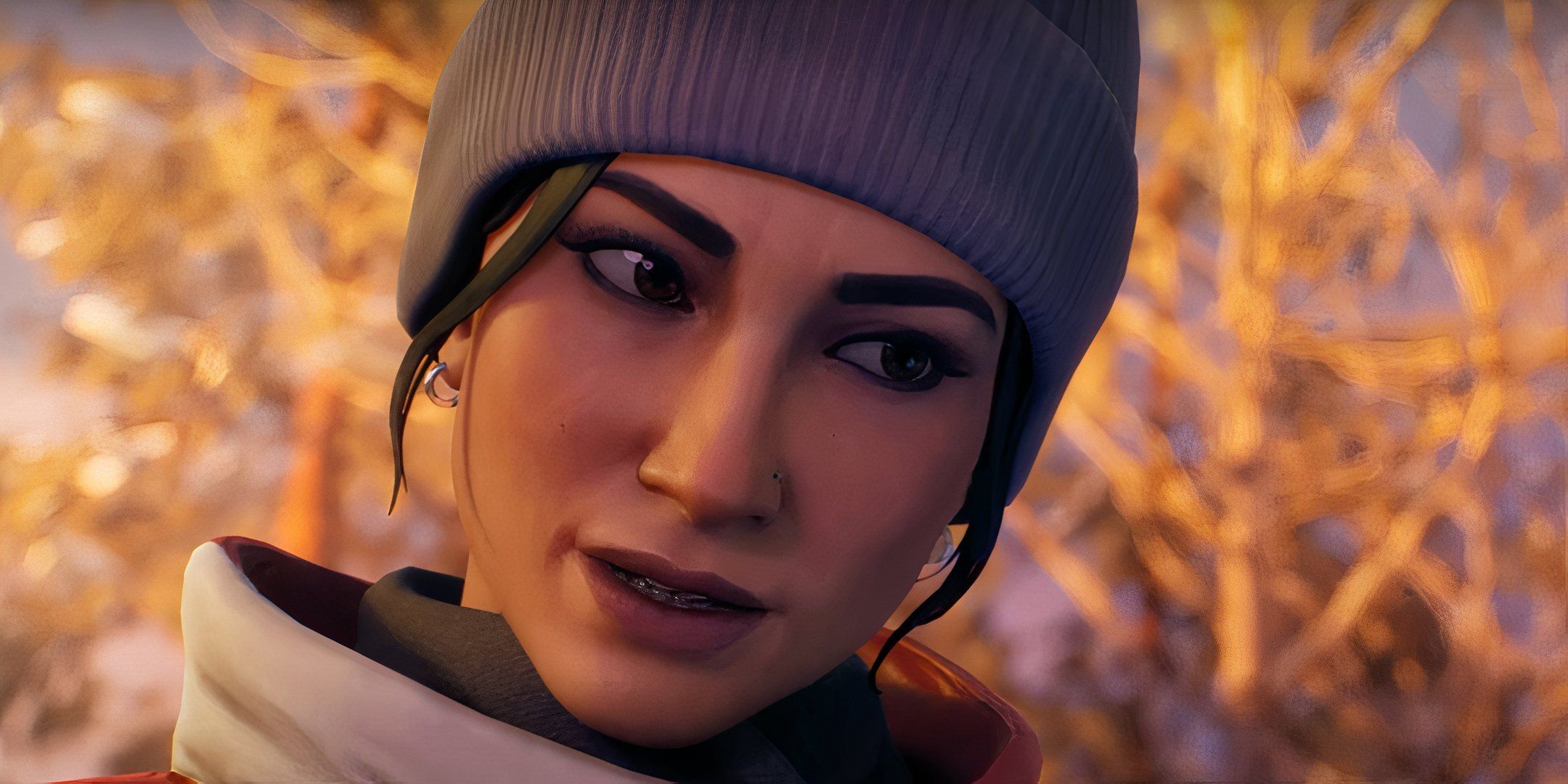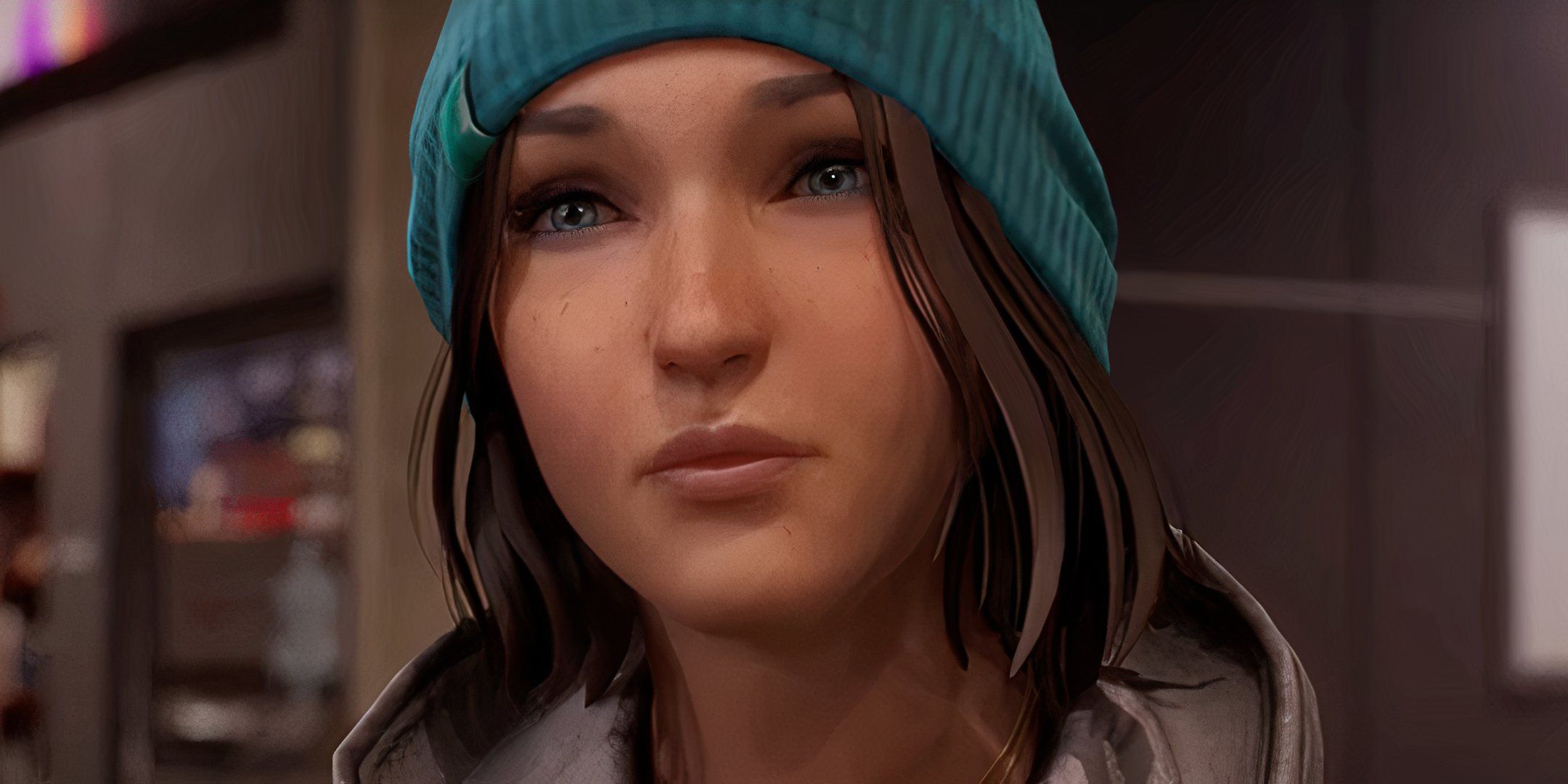I have long had mixed feelings on Max Caulfield returning for Life is Strange. I was initially dead set against the idea – Max’s story was over, and it was one of the most precious stories in gaming to me. She deserved better than nostalgia bait for a series that placed such reverence on the idea of narrative. Over time, my stance softened. But now I think I was right all along.
When I first previewed the game, I played an out of context section in which Max had to snoop around an office for a camera. Using her new ability to leap between realities, I had to prod the right buttons in conversations to get clues to uncover puzzles. I didn’t really understand what the story was, but that didn’t matter. I was Max. That was enough. But it wasn’t for the whole game.
Spoilers ahead for Life is Strange: Double Exposure
Life Is Strange: Double Exposure Relies On Max Too Much
I was prepared to give Double Exposure a fair shot. I love the way Max is written, which remains consistent in Double Exposure from her first outing – even if, as in her face, we see signs of age change her. Hannah Telle’s excellent performance makes the cringy earnestness believable, as does the progressive utopian worldbuilding behind the various backstabbing deeds of the Life is Strange series.
Only Life is Strange 2 seems set in ‘our’ world, with all the nastiness we endure, and is a stronger game for it. But Max suits her universe perfectly.
I opted to say Chloe had died (ie that I had chosen Bay over Bae, which I did not), because I couldn’t face the idea of a Max who saved Chloe and then broke up with her. This is the first red flag – Chloe is an indelible part of Max as a fictional entity, and Double Exposure fails to honour that. However, through the early stages, I was starry eyed enough to keep going. I love Life is Strange, I love Max. I was playing Life is Strange as Max. Ergo, I was having a good time.
The rest of the cast did their part. Though only Safi was anywhere near as interesting as Victoria or Kate, and the game lacked the mystery of a Samuel figure or the bite of a villain like Jefferson, David, or Nathan, I found myself warming to Gwen, Amanda, Reggie, Diamond, and even Vinh. Moses I never fully got on board with (nice to a fault in a game already full of that), but how I felt about them didn’t change how I felt about Max. But as the game went on, Max changed from being the hook to pull players back into an albatross around the story’s neck.
Safi Deserves Better Than Her Late Game Twist
For one thing, I still don’t feel the game explained the switch in powers well enough. I can buy Max no longer using her reverse time abilities after the devastating outcome of Bae versus Bae, but why she gets to switch timelines, and why that occasionally manifests as making physical objects swap, does not get strong enough justification for me. This only gets worse when you realise Max is not the only person in the game with powers.
In a late game reveal (possibly too late), we discover that Safi is able to shapeshift. She has been able to do so since well before the game started, for reasons that lack a satisfactory explanation. Safi having an emotional outburst and gaining the ability to shapeshift feels like bad writing when the power is unlocked and mostly used off screen. All of the weird events of the game, like Gwen being on camera committing felonies while simultaneously being in her office, or Lucas having no memory of being nasty to his own son, are explained here – Safi did it.
This is where the game’s biggest plot hole is introduced. We see, in the first major twist (aside from Safi’s death in the first place), that Max actually shot Safi. Except Max has no memory of it. Max assumes, naturally, that this is time travel – despite the fact she has not time travelled for years. When she discovers Safi can shapeshift, this theory remains, even though the obvious logical leap is that Safi framed Max by shifting into her, a trick we’ve already seen Safi pull.
While Max does leap into the photo, suggesting it is her (which eventually, it is), the odd framing of Max being alone in the photo with Safi conveniently behind the camera and the fact Max is the only character not in both timelines should have prompted more questions from Max. It certainly did from me.
Time Travel Solves Everything
In the end, Max is right. It was time travel. And this is what finally turned me against Max’s comeback once and for all. This narrative only works if the protagonist can time travel, a skill we are explicitly told our current protagonist has sworn off and can no longer do at will. There are no hints that time travel is involved, or any reason why it should or could be. It just comes back to the fact Max could once, and therefore can again. It’s a cheap fix to a storyline that would have been far better spent on Safi’s far more interesting power than on any of the random magical assortment thrown at Max.
Max’s old powers offer a narrative Get Out Of Jail Free card, and while people haven’t always liked the writing in previous entries, it has never been so reliant on contrived Hail Marys like this. As a result, the tour through Max’s past, including the bathroom where Chloe is shot and Jefferson’s basement feel cheap.
As much as I enjoy controlling Max in conversations, bringing her back here not only unearthed Chloe’s bones without much dignity, it detracted focus from Safi’s powers that should have led the narrative, cause multiple new powers to be thrown in without much reason, then retreats back to the same old Max powers by the end. In the series’ refusal to let go of Max (and she “will return”, we’re assured, in what feels like a mistake), it has made her feel less consequential.

-

OpenCritic
-
Top Critic Rating:
72/100
- Released
-
October 29, 2024
- Developer(s)
-
Deck Nine















Leave a Reply